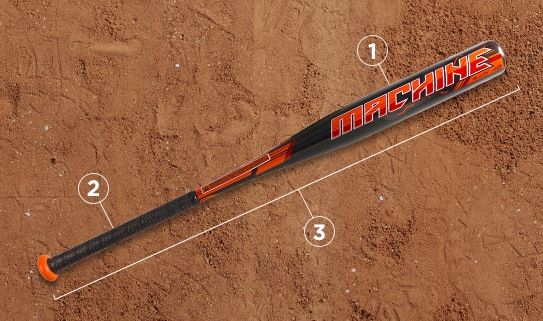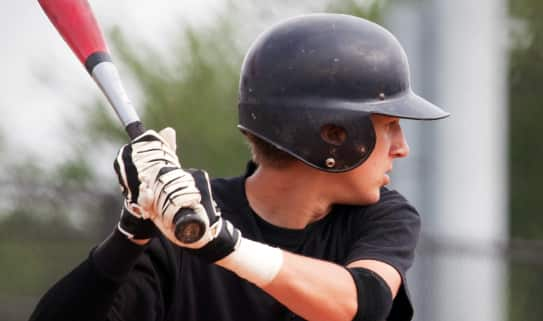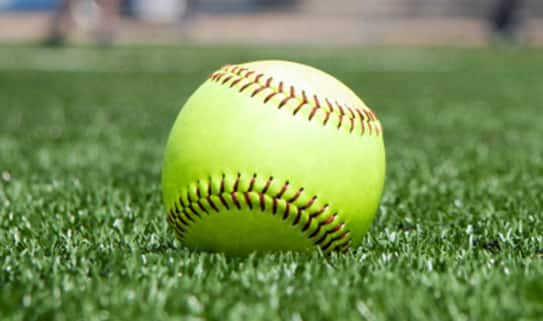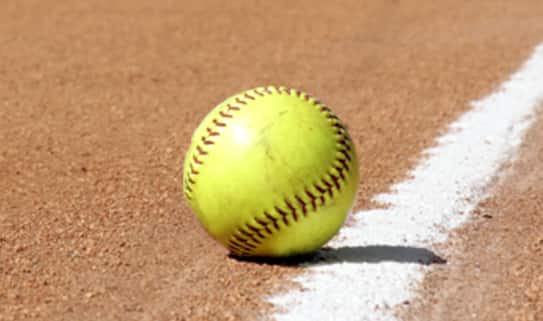This paragraph should be hidden..
- BATS
- GLOVES
- CLEATS
- HELMETS
- BALLS
Baseball Bat Sizing Chart
| Senior | Junior | Midget | Bantam | Peewee | Ages 7-10 | Ages 6 Under | |
| Bat Length | 31-34" | 32-34" | 31-34" | 32-33" | 28-32" | 25-31" | 25-29" |
| Length to Weight Ratio | -3 | -3 | -3 | -3 to -5 | -7 to -10 | -10 to -13 | -10 to -12 |
| Barrel Size | 25/8" | 25/8" | 23/4"to 25/8" | 23/4" to 25/8" | 23/4" to 25/8" | 21/4" to 25/8" | 21/4" |
Slo-pitch Softball Bat Sizing Chart
| Slo-Pitch Softball | Men | Women | ||
| Barrel Length | 12" | 13.5" | 12" | 13.5" |
| Weight | 26-30 oz | 28-30 oz | 25-28 oz | 26-28 oz |
Fast-Pitch Softball Bat Sizing Chart
| Men | Women | Ages 10 to 16 Years Old | |
| Bat Length | 34" | 32-34" | 29-33" |
| Length-to-Weight Ratio | -4 to -8 | -8 to -13 | -10 to -13 |









